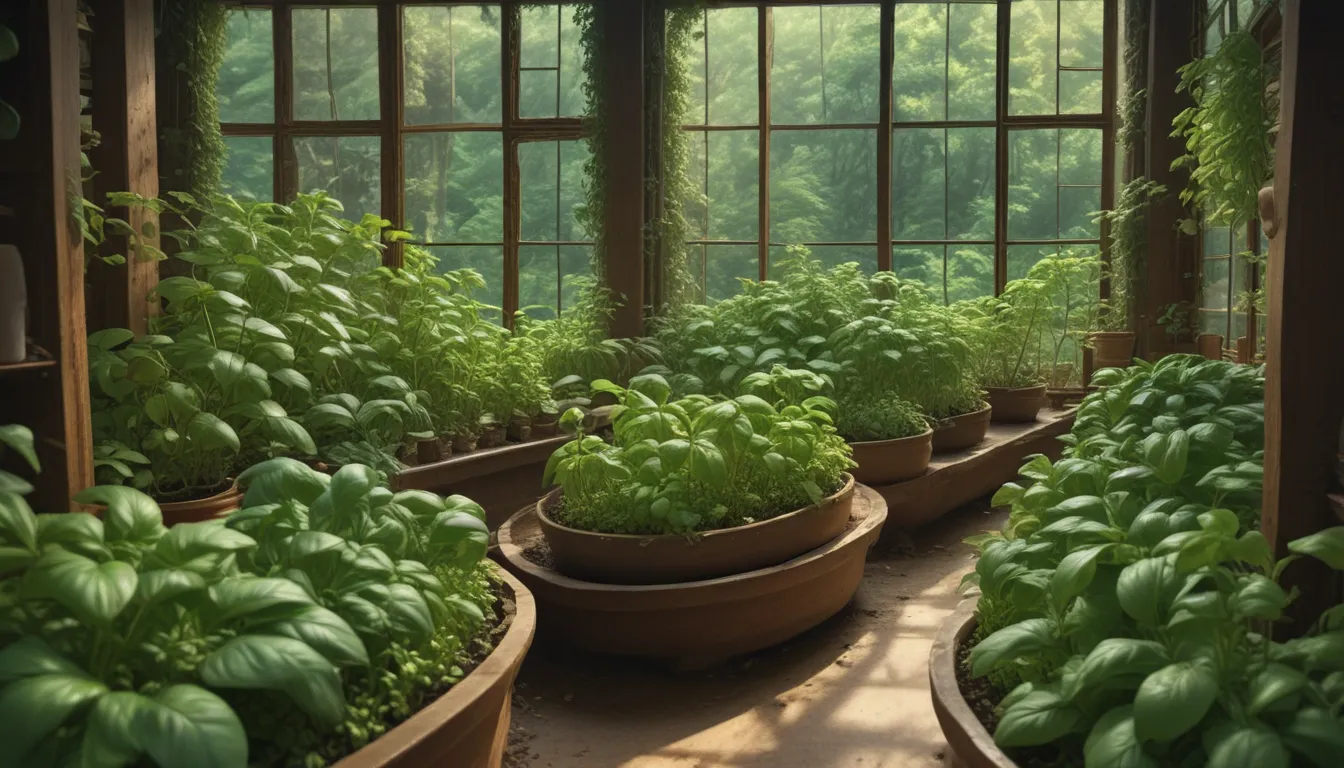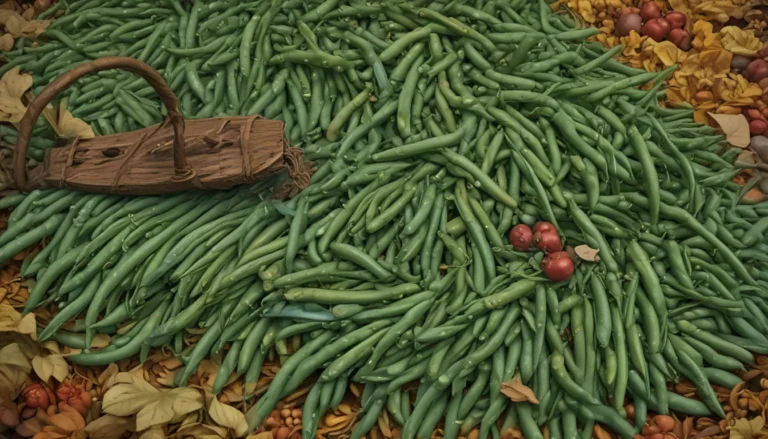Comprehensive Guide to Propagating Basil from Seed

If you’re a fan of flavorful and aromatic basil, you’ll be delighted to know that this beloved herb is easy to grow from seed, ensuring a steady harvest throughout the growing season. With a variety of cultivars available for home gardens, each with its unique qualities, you can enjoy the sweet and spicy flavor of basil in your dishes.
Here, we will delve into the details of how to successfully grow basil from seed in a clear and concise manner, providing you with valuable information to make your gardening journey a successful one.
Reasons to Grow Basil from Seed
Before we delve into the step-by-step process of growing basil from seed, let’s explore the benefits of cultivating this herb in your garden:
- Cost-effective: Growing basil from seed is an economical way to enjoy fresh herbs without breaking the bank.
- Customization: With various cultivars available, you can choose the basil variety that best suits your taste preferences and culinary needs.
- Convenience: Having a fresh supply of basil in your garden allows for easy access whenever you need it.
- Rewarding: Witnessing the growth of basil from seed to harvest is a fulfilling experience that will enhance your gardening skills.
How to Grow Basil from Seed
When to Start
Basil plants thrive in warm soil and full sun, making them ideal for tropical regions. Here’s a guide on when to start planting basil seeds to ensure optimum growth:
- Direct sow seeds in containers or garden beds when overnight temperatures remain above 50°F, typically from mid-April to early June, depending on your location.
- Seeds germinate best in temperatures between 50 and 70°F, with warmer temperatures promoting faster sprouting.
To get a head start on the growing season, consider starting seeds indoors 3-4 weeks before the last expected frost date in your area. This will allow you to transplant healthy seedlings once the weather conditions are suitable.
Tips for Sowing Seeds
To ensure successful germination of basil seeds, follow these helpful tips:
- The optimal temperature for seed germination is 70°F.
- For indoor sowing, use a moistened starter mix at room temperature and sow seeds lightly on top of the soil.
- Maintain soil moisture without overwatering to prevent damping off, a common fungal disease that affects seedlings.
- Outdoor planting requires at least 6 hours of full sun daily in well-draining soil with a neutral pH level.
By following these sowing tips, you can increase the chances of successful germination and healthy seedling development.
Seedling Care
Once your basil seedlings reach 2-4 inches in height, thin them to one inch apart to encourage robust growth. Additionally, pinching out the tops of seedlings when they are 4-6 inches tall will promote branching and bushiness.
To prevent damping off, a soil-borne fungal disease, ensure your seedlings receive adequate light, warmth, and air circulation. By following these care practices, you can protect your seedlings and encourage healthy growth.
Transplanting to Containers or Garden Beds
After your basil plants have reached the appropriate size and the weather conditions are suitable, it’s time to transplant them to containers or garden beds. Here are some key steps to follow:
- Choose a well-draining, sunny location for your plants, whether in containers or garden beds.
- Ensure the soil is enriched with organic matter and has good drainage to prevent waterlogging.
- Maintain moisture levels and provide regular feeding with a balanced fertilizer to promote healthy growth.
Cultivars to Select
When choosing basil varieties to grow from seed, consider the following popular options:
- Genovese: Ideal for pesto with large, green leaves and a sweet flavor.
- Dark Opal: A purple-leaf variety that adds a unique touch to dishes.
- Corsican: An heirloom Mediterranean variety with purple to green leaves.
- Thai: Known for its spicy flavor and narrow leaves with a hint of anise.
- Lemon: Offers a citrusy twist to traditional basil varieties.
By selecting from these cultivars, you can enjoy a diverse range of flavors and appearances in your basil harvest.
Harvesting and Enjoying Your Basil Crop
As your basil plants mature and produce an abundant harvest, you can enjoy the fruits of your labor in various culinary dishes. Whether you choose to harvest leaves for fresh use or save seeds for future planting, basil offers endless possibilities for culinary creativity.
With the information provided in this comprehensive guide, you now have the knowledge and tools to successfully grow basil from seed in your garden. Whether you’re a novice gardener or seasoned enthusiast, cultivating basil from seed is a rewarding experience that can enhance your culinary repertoire and gardening skills.
So, if you’re ready to embark on a journey of flavor and fragrance in your garden, start growing basil from seed today and reap the delicious rewards of this versatile herb.
What basil varieties are you excited to grow from seed? Share your thoughts and experiences in the comments below, and let’s continue to explore the world of gardening together!
For more tips and guides on growing basil in your garden, be sure to check out the following resources:
- How to Grow Basil in Your Herb Garden
- Keeping Basil When It Gets Chilly: Fall and Winter Growing Tips
- How to Harvest and Save Basil Seeds
Embark on a basil-growing adventure today and enhance your culinary creations with the vibrant flavors of this versatile herb.
Disclaimer: This article contains affiliate links. If you make a purchase through these links, we may earn a commission at no additional cost to you.





